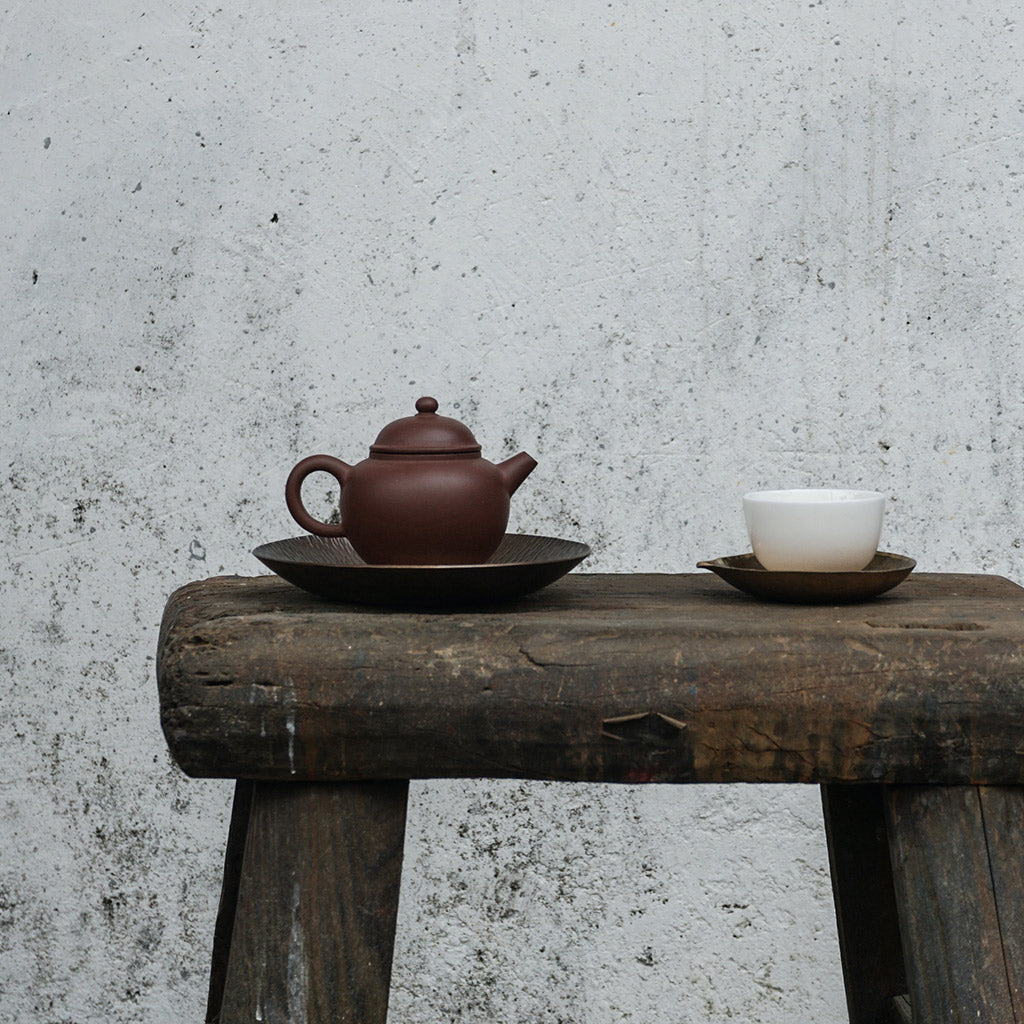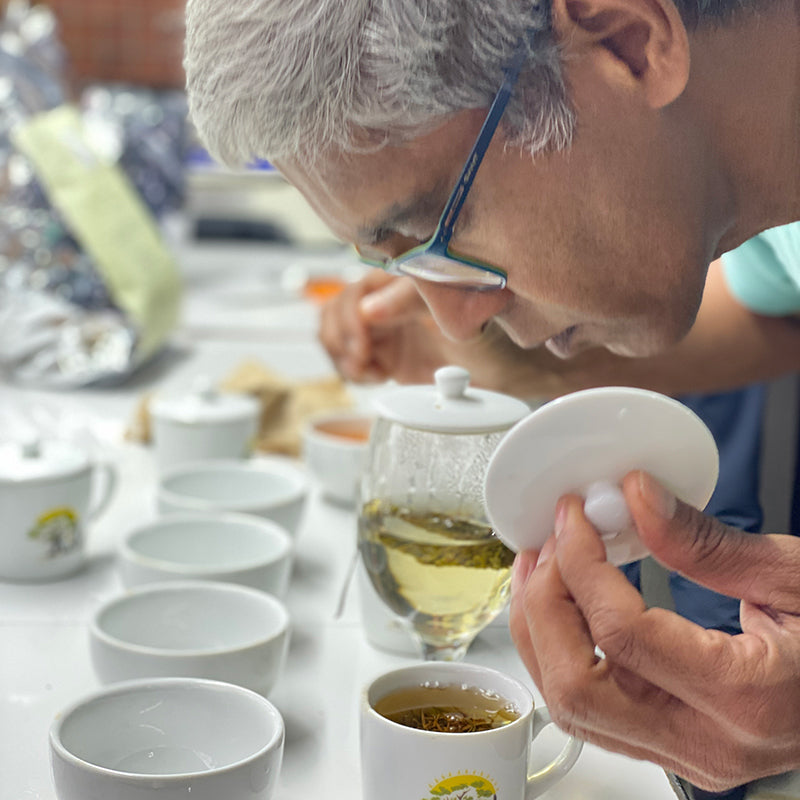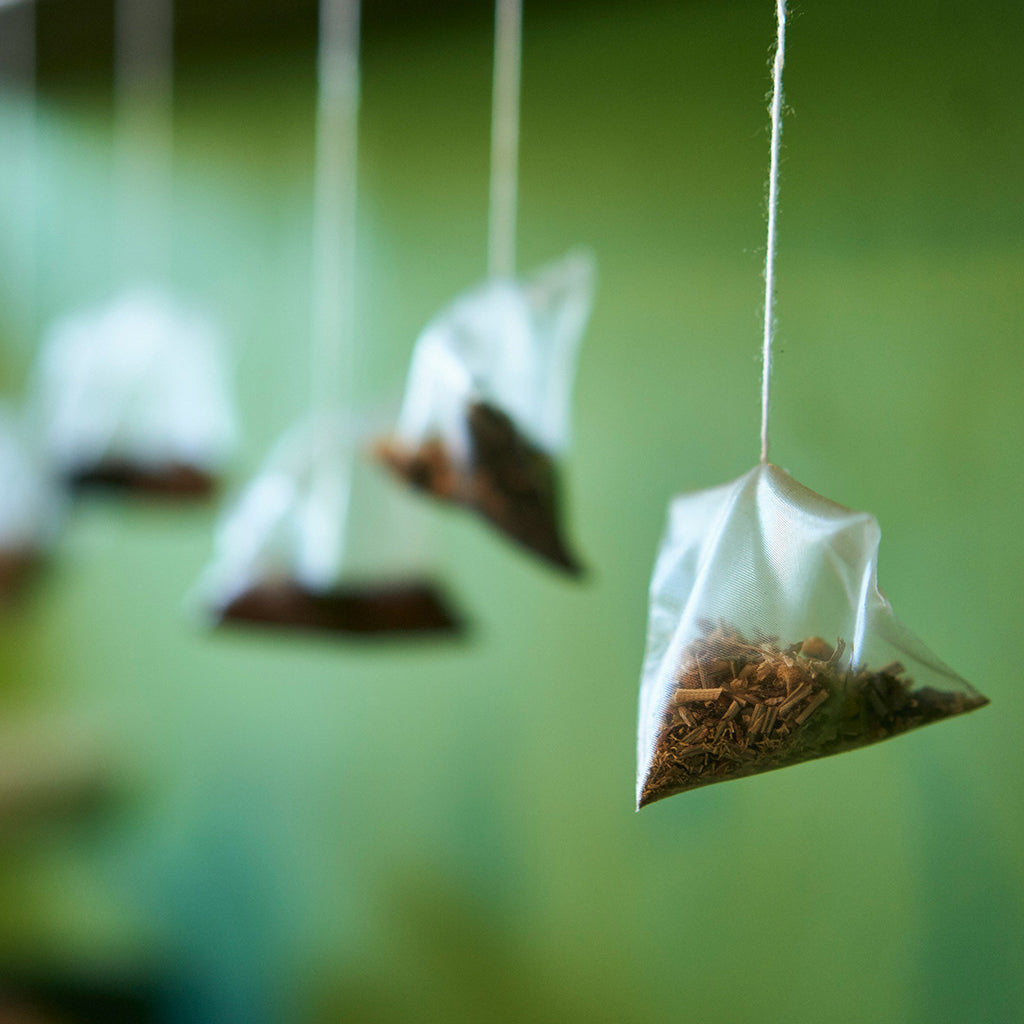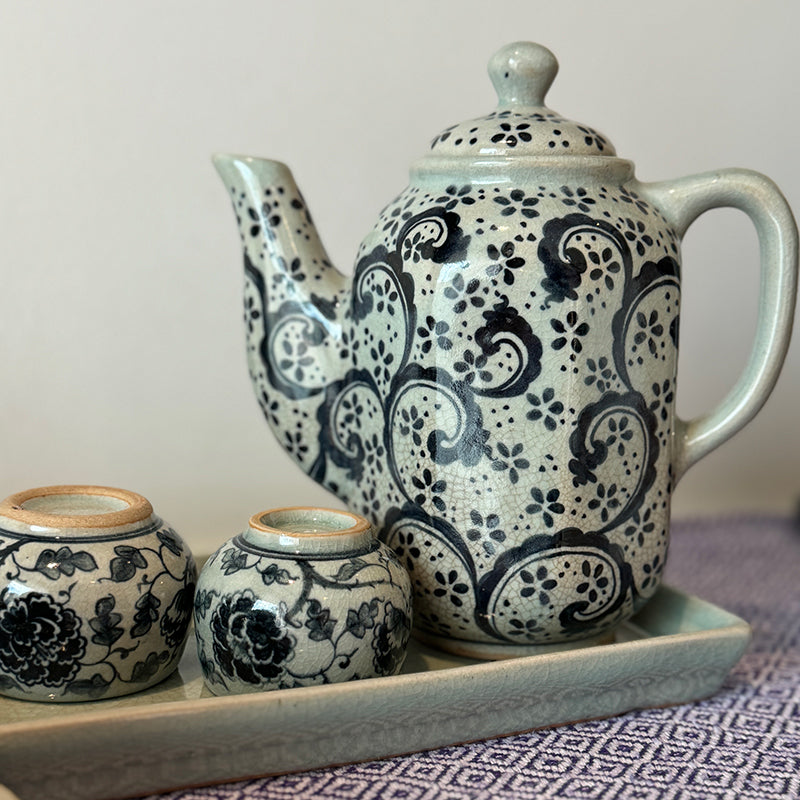The Popularity of Tea
Tea is one of the most popular and widely consumed beverages in the world, enjoyed by people of all ages and cultures. It has a rich history that dates back thousands of years, with origins in ancient China. Over time, different types of tea have been developed, each with its own unique flavor, aroma, and health benefits. In this article, we will explore some of the most common types of tea and their characteristics.
Green Tea
Green tea is one of the least processed types of tea, and it retains its natural green color due to minimal oxidation during production. The leaves are usually steamed or pan-fired to prevent oxidation and preserve their freshness. Green tea is well-known for its numerous health benefits, as it is rich in antioxidants, including catechins like EGCG, which have been linked to potential health benefits such as improved heart health and reduced risk of certain cancers.
Black Tea
Black tea is the most widely consumed type of tea in the world. It undergoes full oxidation during production, resulting in its dark color and robust flavor. The leaves are withered, rolled, and fully oxidized before being dried. Black tea contains theaflavins and thearubigins, which contribute to its rich taste and potential health benefits, such as improved digestive health and immune system support.

Oolong Tea
Oolong tea falls between green and black tea in terms of oxidation. It is partially oxidized, which gives it a diverse range of flavors and aromas. Oolong tea can vary from light and floral to dark and toasty, depending on the degree of oxidation and the processing method. Some studies suggest that oolong tea may aid in weight management and provide various health benefits due to its unique blend of antioxidants.
White Tea
White tea is the least processed of all tea types and is made from young tea leaves and buds that are simply withered and dried. It has a delicate and subtle flavor profile with a light color. White tea is particularly high in antioxidants, such as polyphenols, which may help protect the skin from damage caused by free radicals and support overall skin health.
Pu-erh Tea
Pu-erh tea is a unique type of fermented tea that originates from China's Yunnan province. It can be either raw (sheng) or ripe (shou) depending on the fermentation process. Pu-erh tea is often aged, and the flavor profile becomes more complex and earthy with time. Some studies suggest that pu-erh tea may aid in digestion and weight management.

Herbal Tea
Herbal teas, also known as tisanes, are not made from the leaves of the Camellia sinensis plant, which is used to produce traditional teas. Instead, herbal teas are made from a variety of dried flowers, fruits, herbs, and spices, offering a wide array of flavors and potential health benefits. Common herbal teas include chamomile, peppermint, rooibos, and hibiscus.
Matcha
Matcha is a special type of green tea that is finely ground into a powder. It is traditionally used in Japanese tea ceremonies and has become increasingly popular worldwide due to its unique preparation and distinct flavor. Matcha is rich in antioxidants and provides a more concentrated dose of nutrients compared to regular green tea since the whole powdered leaf is consumed
Yellow Tea
Yellow tea is a rare and lesser-known type of tea that shares some similarities with both green and white teas. It undergoes a unique process known as "menhuang" or "sealed yellowing," which involves sealing the leaves in a damp cloth or paper, allowing them to yellow slightly before being fired. This process imparts a mellow and sweet flavour to the tea.

The world of tea is vast and diverse, offering a wide range of flavours, aromas, and health benefits. Whether you prefer the delicate taste of white tea, the robustness of black tea, or the earthy complexity of pu-erh tea, there is a type of tea to suit every palate. So next time you reach for a cup of tea, consider trying something new and exploring the fascinating world of tea varieties.




